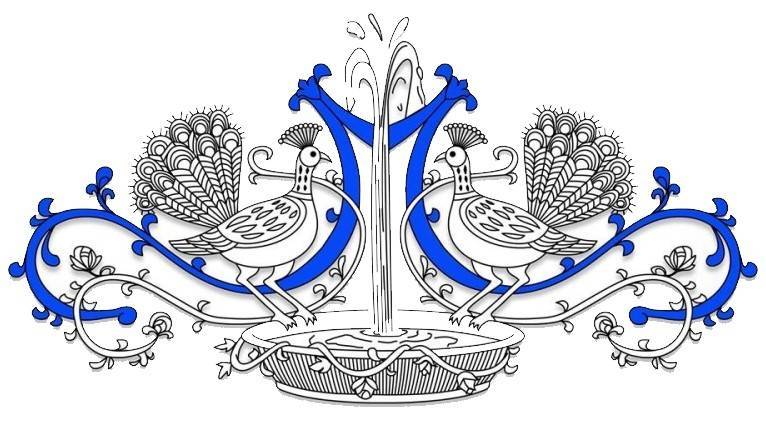Not everyone knows, but there is an island in the Flores Sea in Indonesia which forms part of the Lesser Sunda Islands, where the hands of time seem to have stopped during the era of the dinosaurs. In one of the most evocative and charming landscapes in the world, a plot of land covering barely 390 square kilometres within the national park which has been declared by Unesco a World Heritage site, where the largest living reptile species of the world is supposed to have inhabited: the Komodo dragon. (Varanus Komodiensis).
Reaching this destination from the sea looks like Jurassik Park: clear-crystal waters, thick forest, and uncontaminated nature- and “dinosaurs” to give us the welcome. Owing to its size, the Varano is undisputed lord over his ecosystem. Measuring three metres long and the adult weighing to a maximum 160kg. It ‘s skin of a bluish-prune hue, is covered by some scales in bone tissue. It feeds on carcasses but prefers live animals. It catches its prey by chasing after it or by ambushing it. It devours everything and does not disdain its own species. Whenever the opportunity arises, it will attack humans, killing them with its saliva-a lethal weapon, the poison secreted by two glands situated in the lower jaw allows for no escape.
Scientists in the West first spotted the reptile in 1910. In the wild landscape, its range has been reduced due to human activity and for this reason it is regarded as amongst the most vulnerable species. The count of these reptiles exceeds 5,000 species today, accounting for 2842 species on Komodo island and over 2400 on the Rica Island, located within a short distance. Its evolution began with the appearance of the genus Varanus, which occurred about 40 million years ago in Asia. About 15million years ago, a collision between Australia and Southeast Asia brought the Varanid lizards to move to what is now the Indonesian archipelago, extending their range eastwards to the island of Timor.
In the 19th century, sailors and fishermen of the islands of Flores and Sumbawa accounted often of fantastic stories of men and animals attacked by large dragons who lived on the island. This legend brought Peter a. Ouwens, the Director of the Botanical Garden in Buitenzorg, to organize an expedition in 1912 on the Island itself, with the primary aim to study and capture some mythical reptile specimen that so much spread fear amongst the local populations. Ouwens succeeded in capturing four dragon specimens. It became such a sensation that in 1926, the staff of the Museum of natural history in New York decided to organize an expedition to Komodo to study the biology of the great varano and capture some specimens of the same species.
Thanks to the capture of twelve dead specimens and two live ones, it was possible to undertake in-depth studies on the anatomy and on morphological and chromatic features of the gigantic dinosaur on the small Indonesian island. Still today, the island with its charm that strikingly looks like the park of dinosaurs, remains one of the most fascinating amongst the existing five around the world.
Translation provided by Marina Stronati










